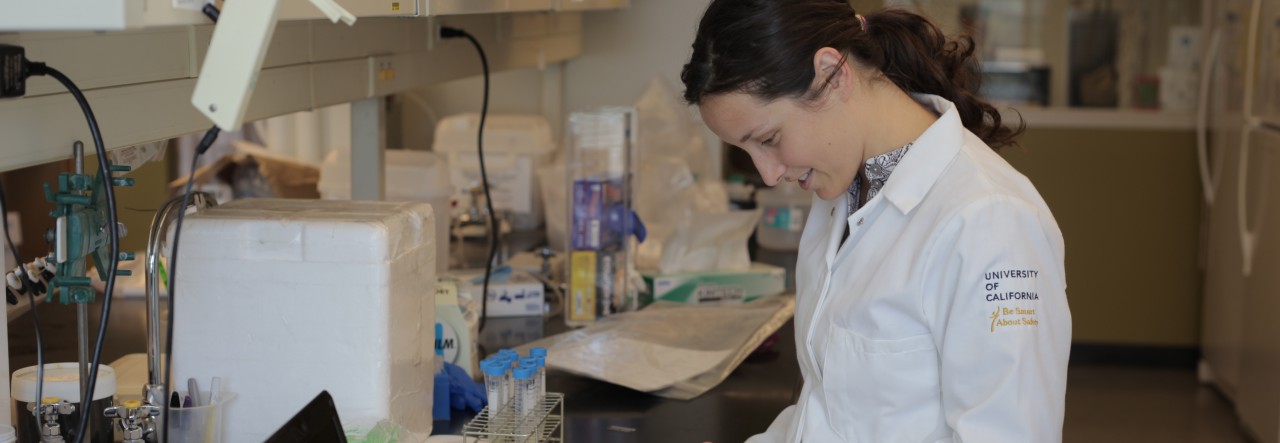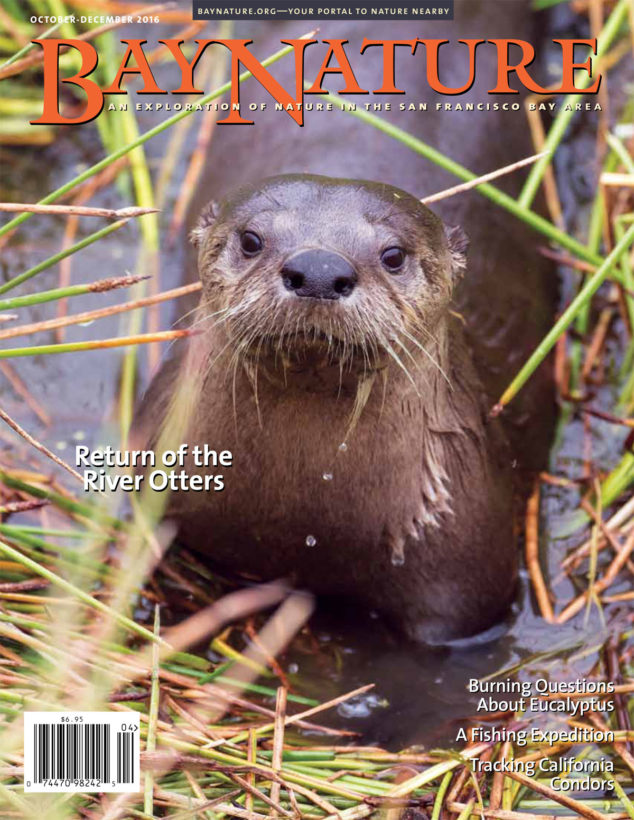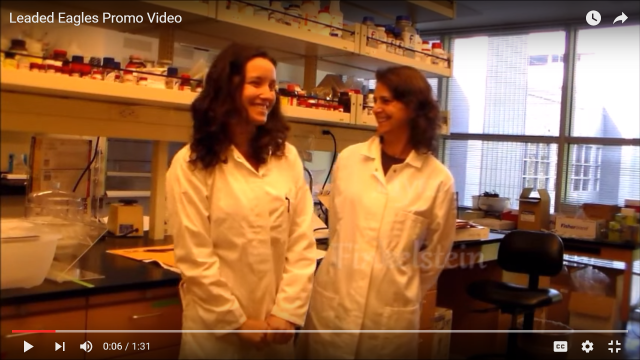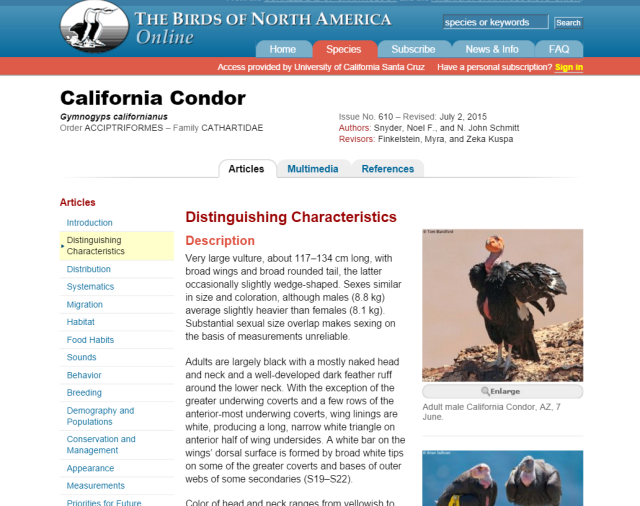Happy Veterans Day! In 1782, the Bald Eagle was adopted as the national bird of the United States of America. Today, this magnificent bird graces many of our institutions’ emblems, including the official seals for the Department of Veterans Affairs, the U.S. president, and many branches of our military. Eagles even find their way onto our currency. Once you start looking, you begin to see eagles everywhere in our national imagery.
Despite their cultural importance as a symbol of strength and glory, eagles were historically persecuted for their real, however exaggerated, propensity to kill livestock. To protect our nation’s eagles, congress enacted first enacted the Lacey Act in 1900, which prohibited taking of eagles and their eggs, parts, or nests, and heavily fined violators of this law. This was a landmark legislative act to protect a valued native species, as it would be 70 years before the Endangered Species Act would become law! The Bald and Golden Eagle Protection Act in 1940 went a step further, defining “take” as to “pursue, shoot, shoot at, poison, wound, kill, capture, trap, collect, molest or disturb” members of either eagle species. Now you can only “take” a bald or golden eagle with a special permit from th Secretary of the Interior.
While bald eagle populations appear stable today, the health of golden eagles is more uncertain and both species still must navigate the dangers of the human altered landscape. For instance, every year eagles die from impacting turbines at wind energy facilities because of their habit of using these same windy hillsides when hunting their prey. Another less understood impact is lead poisoning. Eagles and other avian scavengers are poisoned by spent lead ammunition and fishing weights in their food sources. In fact, due to this and other environmental concerns, the U.S. Army began adopting lead-free ammunition in 2010. We care about the national symbol of our veterans, and the eagles’ ecological importance as apex predators and scavengers. Please contribute today to help us better understand lead poisoning in eagles across the United States so we can solve this problem together. Thank you for your help.
Please click here to donate!





